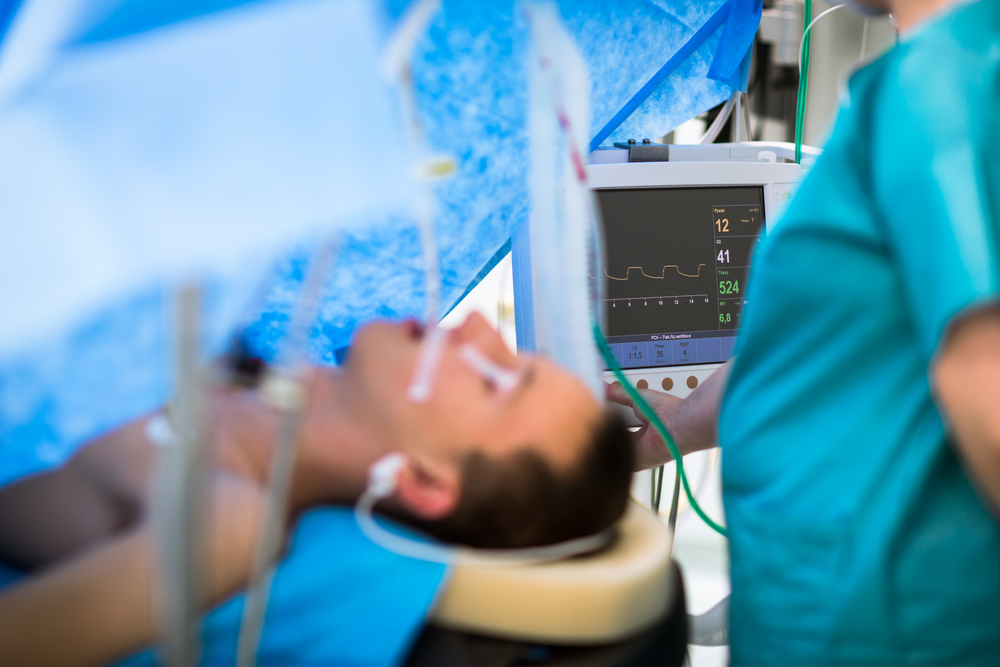Increased incidence of coinfection in critically ill patients with influenza

ICM ARTICLE REVIEW
Coinfection is frequently seen in critically ill patients with influenza complicated by severe acute respiratory infection, but the exact rate and their risk factors remained largely unknown. Since the 2009 H1N1 outbreak, several studies suggested temporal relationships between influenza and the most frequent bacterial pathogens, such as S. Aureus, S. Pneumoniae and H. Influenzae.
The authors of this prospective, observational study investigated the rate of community-acquired coinfection and associated the risk factors in 2901 consecutive critically ill patients with polymerase chain reaction (PCR) confirmed influenza, over a 7 year period, from 2009 to 2015, in 148 Spanish intensive care units (ICUs). Standardised guidelines were used in all centres, oseltamivir therapy was considered early treatment if administered within 2 days of the onset of influenza symptoms and empirical antibiotics were started after obtaining a nasopharyngeal swab, endotracheal aspirates and blood cultures. The definition of the primary objective (the presence of community-acquired coinfection) was modified from current guidelines due to less availability of the bronchoalveolar lavage and the high risk of generating aerosols. Therefore nasopharyngeal swabs were used for viral testing, respiratory secretions for quantitative cultures, and blood samples were cultured and used for serological tests. Secondary endpoints included ICU, 28-day and hospital mortality, the number of ventilator-free days and patient’s survival at day 28.
The analysis of the data revealed that coinfection is diagnosed in 16.6% of ICU patients with influenza. The proportion of coinfection increased from 11.4% (2009) to 23.4% (2015) p<0.001, with a significant increase in the rates of S. pneumoniae, P. aeruginosa, Staphylococcus aureus and Haemophilus influenzae, while the frequency of Aspergillus spp. did not increase. Patients with coinfection were older [adjusted odds ratios (aOR) 1.1, 95% confidence intervals (CI) 1.1–1.2; p<0.001] and were more frequently immunosuppressed due to existing HIV infection (aOR 2.6 [1.5–4.5]; p<0.001) or preceding medication (aOR 1.4 [1.1–1.9]; p=0.03). Coinfection was an independent risk factor for ICU mortality (aOR 1.4 [1.1–1.8]; p<0.02), hospital mortality (aOR 1.9 [1.5–2.5]; p<0.001) and 28-day mortality (aOR 1.3 [1.1–1.7]; p=0.04), with a lower mean number of ventilator-free days (p<0.001). A subgroup analysis showed that only positive cultures for P. aeruginosa (p=0.004) or Aspergillus spp. (p=0.001) were independent risk factors for ICU mortality when corrected for APACHE II score.
Conclusions
These results reveal that coinfection has become an increasing trend in recent years and is diagnosed in one out of every six in critically ill patients with influenza. In this Spanish cohort, age and immunosuppression were risk factors for coinfection, and coinfection was an independent risk factor for ICU, 28-day and hospital mortality. This study is the first to show that, in patients with influenza, there is a propensity towards more coinfections, which are independently associated with a worse outcome.
Article review was submitted by Gennaro De Pascale and Temistocle Taccheri on behalf of the ESICM Journal Review Club.
Reference
Martin-Loeches, I., J Schultz, M., Vincent, JL. et al. Increased incidence of Co-infection in Critically Ill Patients with Influenza. Intensive Care Med (2016). doi:10.1007/s00134-016-4578-y